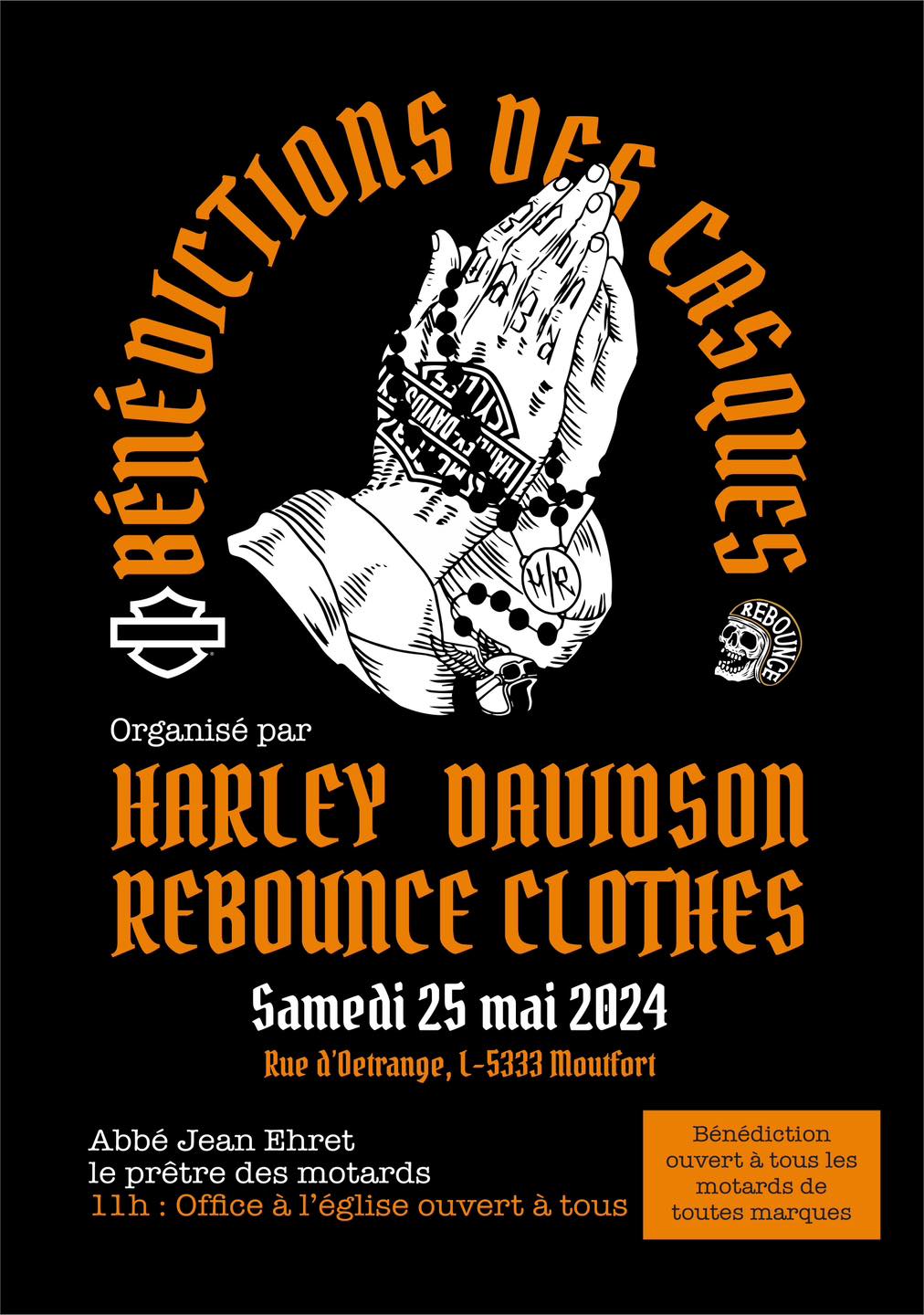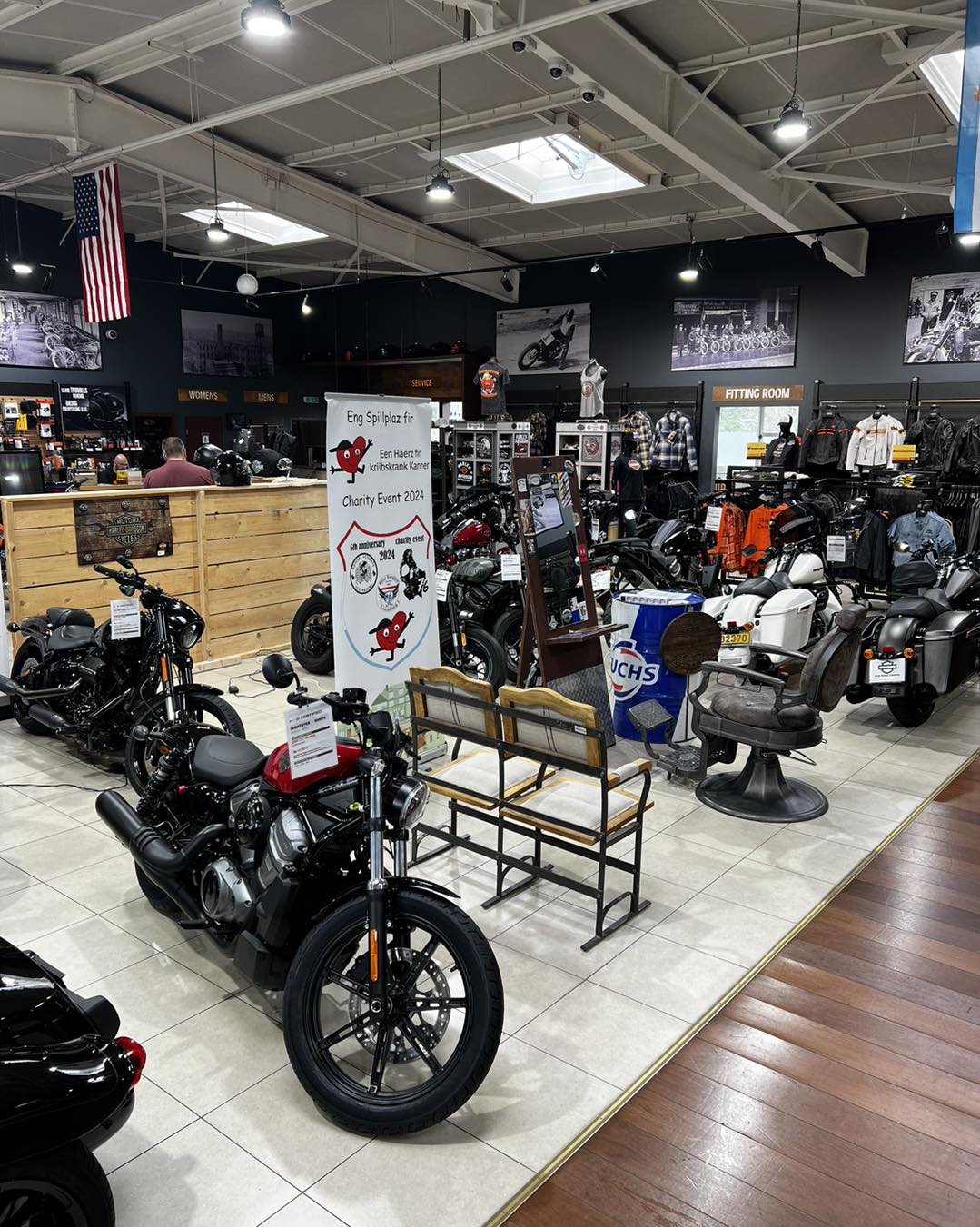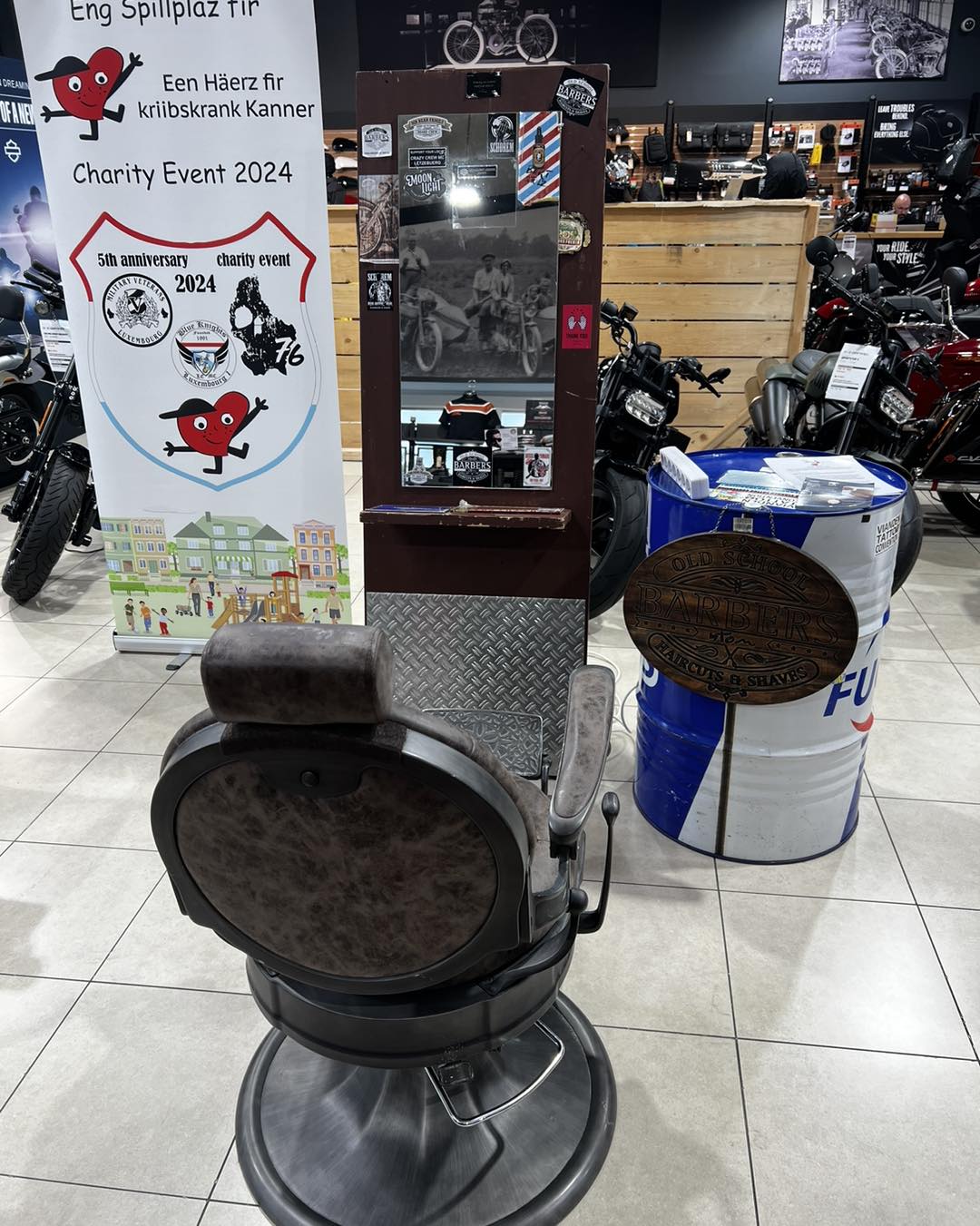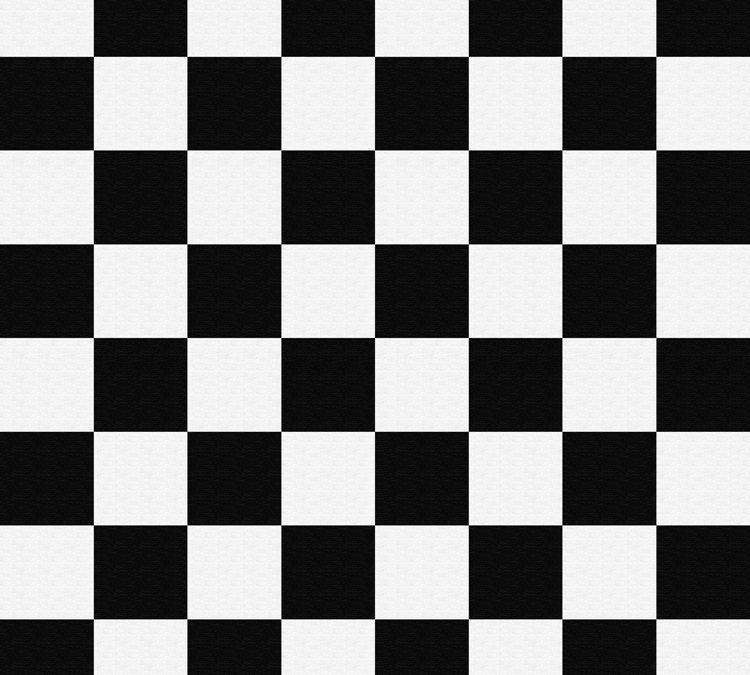
Apr. 15, 2025 | News, Promotions
Messieurs c’est le moment de profiter 🫰🫰🫰
Tous les lundis -5€ sur nos services cheveux et barbes
plus d‘infos sur cette action auprès de votre barbier de confiance!
action valable jusqu’au 30/06/2025
💈💈💈
#barbershop #barber #BarberLife #lifestyle #gentleman #thatshowwedoit #
![[WIN] ELDO & OLD SCHOOL BARBERS: Weltdag vum Baart den 03/09-05/09](https://oldschoolbarbers.lu/wp-content/uploads/2024/08/eldo-1080x675.jpg)
Aug. 30, 2024 | Events, News, Promotions
Eldoradio sicht de schéinste Schnurres/Vollbaart/3Tagebaart am Eldoland!
Dëse Samschden ass de Weltdag vum Baart !
Du fënns, dass ee Kolleeg vun dir, däi Papp, däi Partner oder du selwer de schéinste Schnurres/Vollbaart/3Tagebaart huet?
Da schéck ELDO eng Foto vum eran!

Juli 24, 2024 | News, Promotions

**Und der Gewinner ist …**

Die Glücksfee hat ausgelost und
Marx Stephan ist der glückliche Gewinner! Stephan darf sich auf ein unvergessliches Wochenende mit einer Harley Davidson freuen!


Herzlichen Glückwunsch und viel Spaß auf der Straße!


**Et le gagnant est …**

La main innocente a tiré au sort et
Marx Stephan est l’heureux gagnant ! Stephan peut se réjouir d’un week-end inoubliable avec une Harley Davidson !


Félicitations et bon voyage sur la route !


SOCIAL MEDIA 𝐆𝐄𝐖𝐈𝐍𝐍𝐒𝐏𝐈𝐄𝐋 𝐀𝐋𝐄𝐑𝐓!

Die 𝐎𝐥𝐝𝐬𝐜𝐡𝐨𝐨𝐥 𝐁𝐚𝐫𝐛𝐞𝐫𝐬 in Kooperation mit 𝐇𝐚𝐫𝐥𝐞𝐲 𝐃𝐚𝐯𝐢𝐝𝐬𝐨𝐧 𝐋𝐮𝐱𝐞𝐦𝐛𝐨𝐮𝐫𝐠 präsentieren das ultimative Erlebnis: Ein 𝐖𝐨𝐜𝐡𝐞𝐧𝐞𝐧𝐝𝐞 𝐦𝐢𝐭 𝐞𝐢𝐧𝐞𝐫 𝐇𝐚𝐫𝐥𝐞𝐲 𝐃𝐚𝐯𝐢𝐝𝐬𝐨𝐧!

– 𝐋𝐢𝐤𝐞 𝐝𝐢𝐞𝐬𝐞𝐧 𝐁𝐞𝐢𝐭𝐫𝐚𝐠

– 𝐓𝐞𝐢𝐥𝐞 𝐝𝐢𝐞𝐬𝐞𝐧 𝐁𝐞𝐢𝐭𝐫𝐚𝐠 öffentlich


𝐓𝐞𝐢𝐥𝐧𝐚𝐡𝐦𝐞𝐛𝐞𝐝𝐢𝐧𝐠𝐮𝐧𝐠𝐞𝐧:
𝐃𝐮 𝐛𝐞𝐧ö𝐭𝐢𝐠𝐬𝐭 𝐞𝐢𝐧𝐞𝐧 𝐠ü𝐥𝐭𝐢𝐠𝐞𝐧 𝐅ü𝐡𝐫𝐞𝐫𝐬𝐜𝐡𝐞𝐢𝐧 𝐝𝐞𝐫 𝐊𝐥𝐚𝐬𝐬𝐞 𝐀

𝐃𝐚𝐬 𝐆𝐞𝐰𝐢𝐧𝐧𝐬𝐩𝐢𝐞𝐥 𝐥ä𝐮𝐟𝐭 𝐚𝐛 𝐡𝐞𝐮𝐭𝐞 𝐛𝐢𝐬 𝐳𝐮𝐦 𝟑. 𝐀𝐮𝐠𝐮𝐬𝐭

𝐕𝐞𝐫𝐩𝐚𝐬𝐬𝐞 𝐧𝐢𝐜𝐡𝐭 𝐝𝐞𝐢𝐧𝐞 𝐂𝐡𝐚𝐧𝐜𝐞, 𝐚𝐮𝐟 𝐞𝐢𝐧𝐞 𝐚𝐮𝐟𝐫𝐞𝐠𝐞𝐧𝐝𝐞 𝐅𝐚𝐡𝐫𝐭 𝐢𝐧𝐬 𝐖𝐨𝐜𝐡𝐞𝐧𝐞𝐧𝐝𝐞!


SOCIAL MEDIA 𝐀𝐋𝐄𝐑𝐓𝐄 𝐂𝐎𝐍𝐂𝐎𝐔𝐑𝐒 !

Les 𝐎𝐥𝐝𝐬𝐜𝐡𝐨𝐨𝐥 𝐁𝐚𝐫𝐛𝐞𝐫𝐬 en collaboration avec 𝐇𝐚𝐫𝐥𝐞𝐲 𝐃𝐚𝐯𝐢𝐝𝐬𝐨𝐧 𝐋𝐮𝐱𝐞𝐦𝐛𝐨𝐮𝐫𝐠 présentent l’expérience ultime : un 𝐰𝐞𝐞𝐤-𝐞𝐧𝐝 𝐚𝐯𝐞𝐜 𝐮𝐧𝐞 𝐇𝐚𝐫𝐥𝐞𝐲 𝐃𝐚𝐯𝐢𝐝𝐬𝐨𝐧 !

– 𝐀𝐢𝐦𝐞𝐳 𝐜𝐞𝐭𝐭𝐞 𝐩𝐮𝐛𝐥𝐢𝐜𝐚𝐭𝐢𝐨𝐧

– 𝐏𝐚𝐫𝐭𝐚𝐠𝐞𝐳 𝐜𝐞𝐭𝐭𝐞 𝐩𝐮𝐛𝐥𝐢𝐜𝐚𝐭𝐢𝐨𝐧 en mode public


𝐂𝐨𝐧𝐝𝐢𝐭𝐢𝐨𝐧𝐬 𝐝𝐞 𝐩𝐚𝐫𝐭𝐢𝐜𝐢𝐩𝐚𝐭𝐢𝐨𝐧 :
𝐕𝐨𝐮𝐬 𝐝𝐞𝐯𝐞𝐳 𝐚𝐯𝐨𝐢𝐫 𝐮𝐧 𝐩𝐞𝐫𝐦𝐢𝐬 𝐝𝐞 𝐜𝐨𝐧𝐝𝐮𝐢𝐫𝐞 𝐝𝐞 𝐜𝐥𝐚𝐬𝐬𝐞 𝐀 𝐯𝐚𝐥𝐢𝐝𝐞

𝐋𝐞 𝐜𝐨𝐧𝐜𝐨𝐮𝐫𝐬 𝐬𝐞 𝐝é𝐫𝐨𝐮𝐥𝐞 𝐚 𝐩𝐚𝐫𝐭𝐢𝐫 𝐝’𝐚𝐮𝐣𝐨𝐮𝐫𝐝’𝐡𝐮𝐢 𝐣𝐮𝐬𝐪𝐮’𝐚𝐮 𝟑 𝐚𝐨û𝐭

𝐍𝐞 𝐦𝐚𝐧𝐪𝐮𝐞𝐳 𝐩𝐚𝐬 𝐯𝐨𝐭𝐫𝐞 𝐜𝐡𝐚𝐧𝐜𝐞 𝐝𝐞 𝐯𝐢𝐯𝐫𝐞 𝐮𝐧 𝐰𝐞𝐞𝐤-𝐞𝐧𝐝 𝐞𝐧 𝐇𝐚𝐫𝐥𝐞𝐲 !

Mai 15, 2024 | Events, News
Ce samedi le 25/05: Nous sommes présents chez :
Rendez-nous visite!
There is no school like old school!
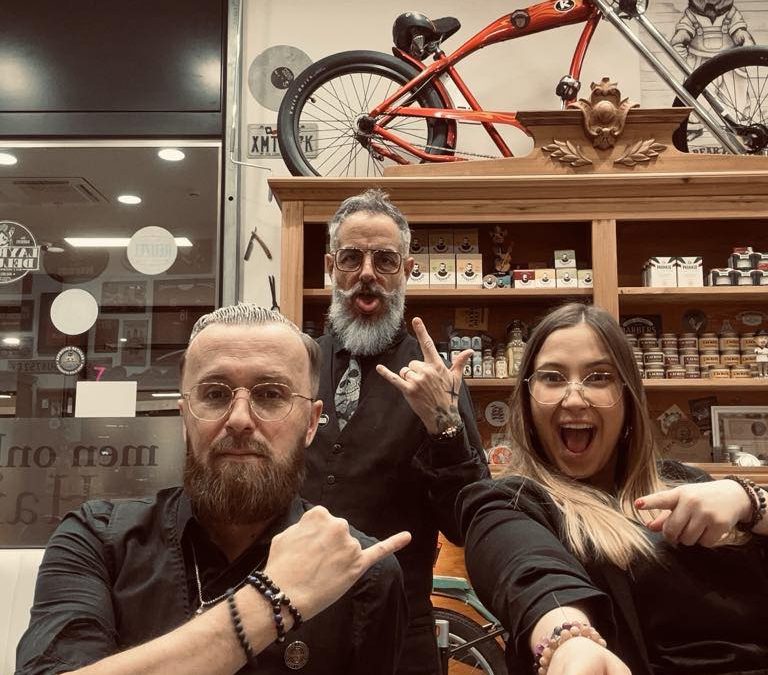
Apr. 17, 2024 | Allgemein, Events, News
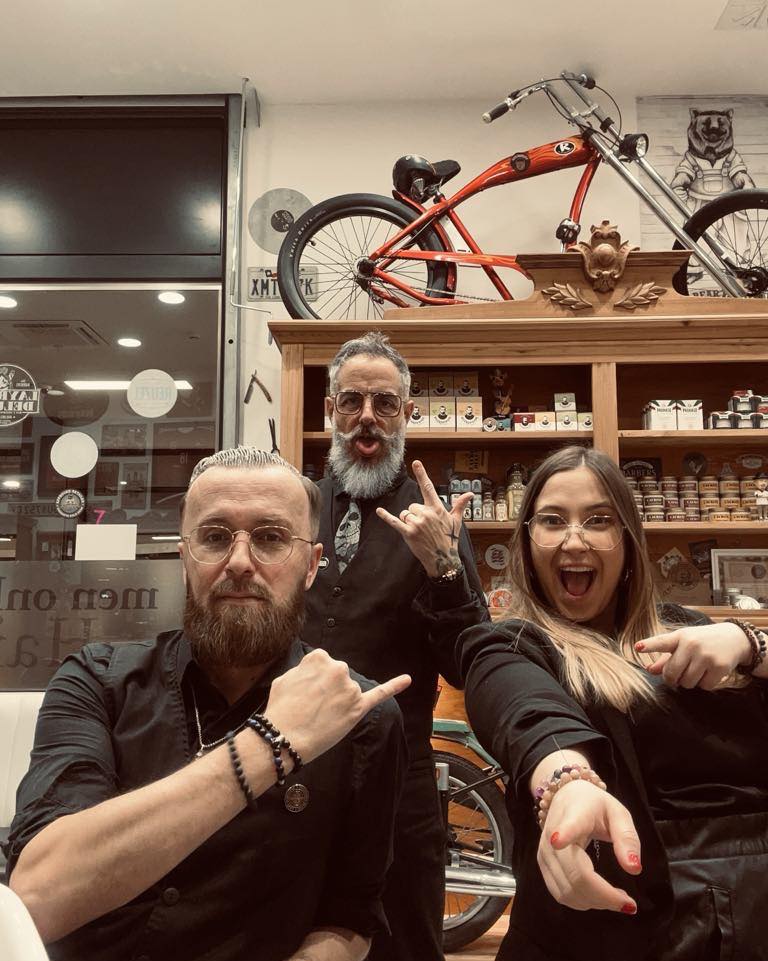


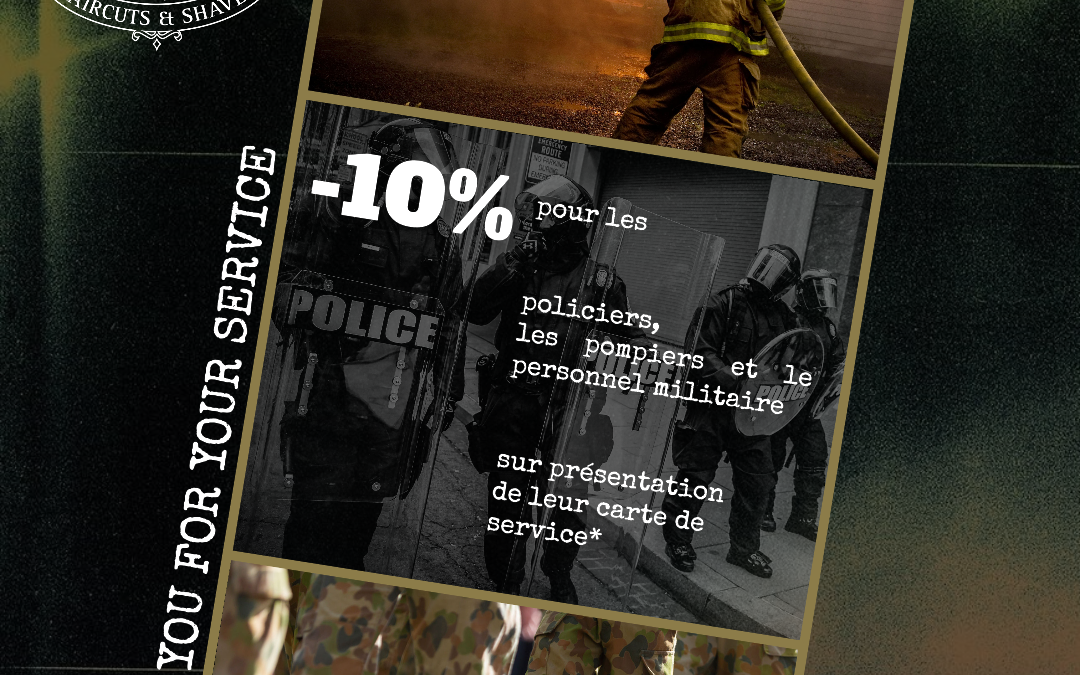
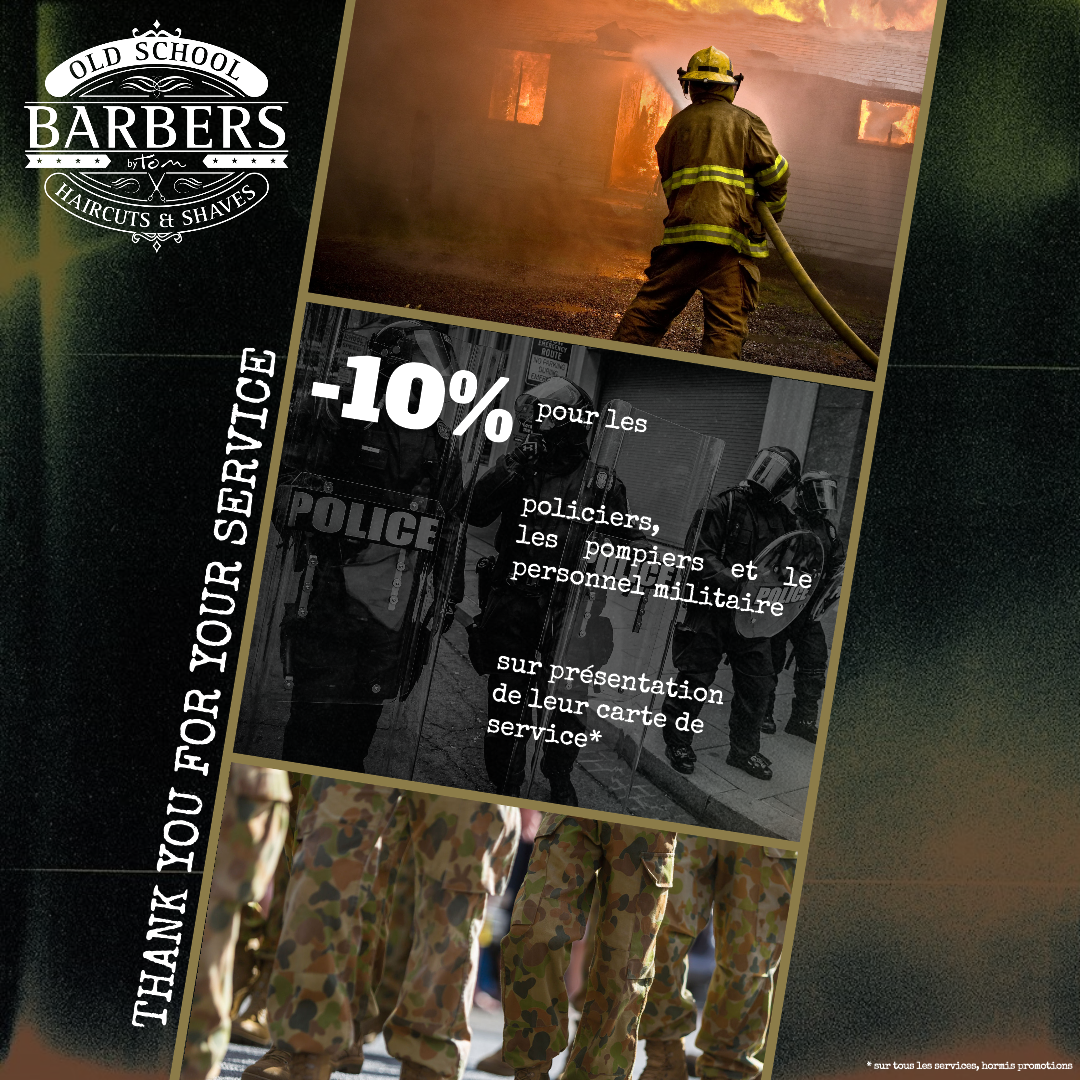
![[WIN] ELDO & OLD SCHOOL BARBERS: Weltdag vum Baart den 03/09-05/09](https://oldschoolbarbers.lu/wp-content/uploads/2024/08/eldo-1080x675.jpg)





